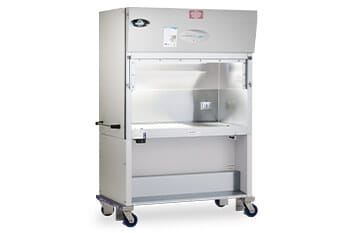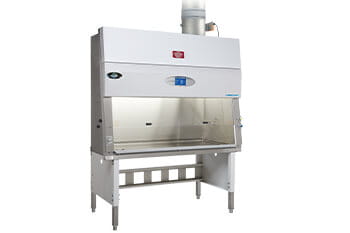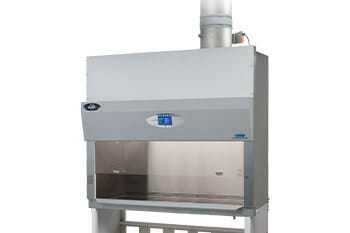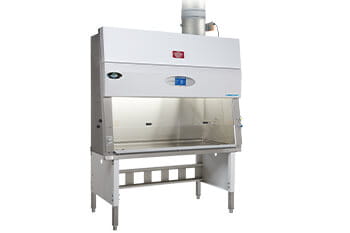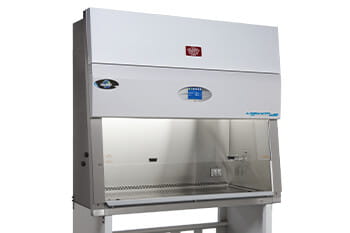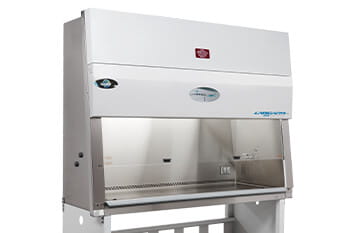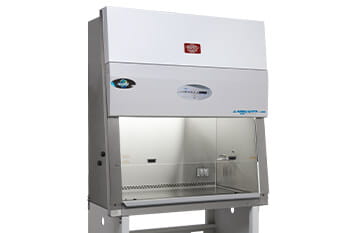Article
Introduction to Biological Safety Cabinets
The World Health Organization's educational video, "Biological Safety Cabinet (BSC) 1: Introduction," serves as an invaluable primer on the utilization and significance of Biological Safety Cabinets (BSCs) in laboratory environments. This video offers a thorough overview of the critical roles BSCs play in safeguarding laboratory personnel and the surrounding environment from exposure to infectious agents.
Biosafety cabinets are essential primary containment devices that manage airborne pathogens effectively. They are designed to protect users by employing a continuous inflow of air, which prevents hazardous particulates from escaping the front opening. Additionally, the air within the BSC is filtered through high-efficiency particulate air (HEPA) filters before being exhausted, ensuring no contaminants are released into the environment. Specific BSC models also protect the contents of the work zone from contamination, making them indispensable in laboratories handling sensitive or infectious samples.
The video explains the different types of BSCs available, each suited to specific laboratory needs and activities. For instance, Class I BSCs offer essential protection by drawing air across the work surface and filtering it before release, which is suitable for general procedures that do not require product sterility. Class II BSCs, which include several subtypes such as A1, A2, B1, and B2, provide a balance of personnel, product, and environmental protection. These cabinets are commonly found in microbiology laboratories because they filter inflow and downflow air, providing a sterile environment for sample manipulation.
Class III BSCs, often reserved for high-risk biohazard work, offer the highest containment level. These gas-tight enclosures use double HEPA filtration and are designed for use with a full-body, air-supplied suit.
The WHO video emphasizes the importance of selecting the correct type of BSC for specific tasks based on a thorough risk assessment. Installation recommendations are also covered to ensure the cabinets function effectively, highlighting the need to position BSCs away from high-traffic areas and other potential airflow disturbances to maintain operational integrity.
This introductory video is critical for laboratory personnel, safety officers, and facility managers, equipping them with the knowledge to choose, use, and maintain BSCs effectively. It underscores the importance of understanding the various types of BSCs, their operational mechanisms, and the safety they provide, ensuring that laboratory practices meet the highest safety standards.
Source
World Health Organization. (2019, May 30). Biological safety cabinet (BSC) 1: Introduction. YouTube. https://youtu.be/KHCT9OJqxPo?si=sWRE6XljwsnArAsr

